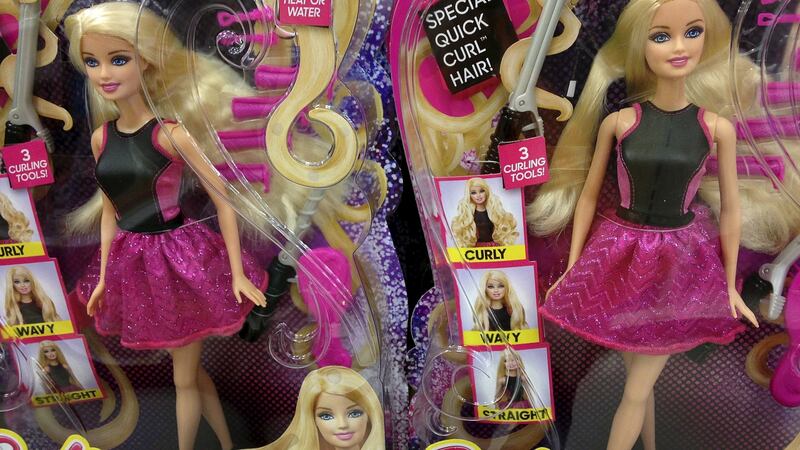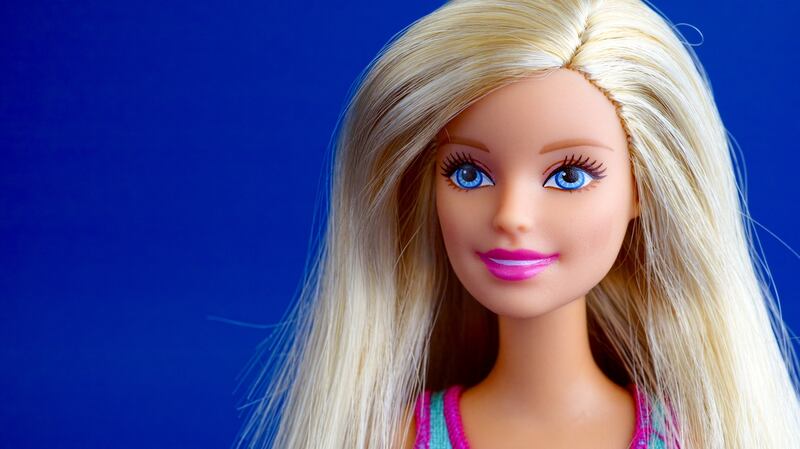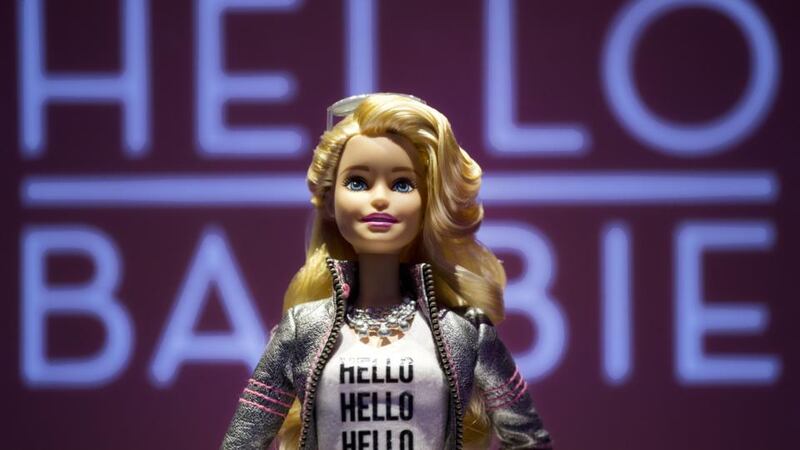It's pretty unlikely that when Ruth Handler introduced her latest creation at the American International Toy Fair 58 years ago today, she had no idea of the phenomenon that was about to unfurl.
While many think of Barbie as curiously retrograde, a puce-pink stain on feminism, the figures can't be messed with: last year, Barbie sales increased by 15% in the third quarter of 2016, boosting Mattel profits by 6%. Gross annual sales of Barbie tally at around about $1bn worldwide.

In 2014, a Barbie doll was purchased every three seconds somewhere in the 150 countries where they are sold. And at 58, and after decades of being criticised for gender stereotyping, the lithe blonde has even embraced feminism.
In 2015, a study by Oregon University found that girls who played with Barbie felt they could do fewer jobs than boys, regardless of whether their own Barbie had "a career".
The ad campaign that followed in quick succession saw the doll in image rehabilitation mode, with little girls seen playing with their Barbie in a pretend vet’s surgery, dressed an executive, or playing university professor.

“When a girl plays with Barbie, she imagines everything she can become… you can be anything,” is the tagline. Pretty good going, given that Barbie had become synonymous with brainless bimbos.
Barbie doesn't get enough credit for what strides she did make
Full disclosure: when I was 8, I preferred Barbie to actual people. I had a kindly aunt who kept me in new dolls, and I fashioned a home for them with two upturned MFI wardrobe drawers. And then over time, the accoutrements kept growing – the Town House, the pool, the horsebox, the rockstar stage, the curiously genital-free boyfriend – until my bedroom, and imagination was overrun with Barbie, a boyfriend Ken and her ‘sisters’.
And in a small pocket in suburban Northside Dublin, things went full-blown Jilly Cooper. I'd grown up in 1980s Dublin, where the acme of glamour was Dallas, Dynasty Beverly Hills 90210 and Falcon Crest. I'd learnt a thing or two about a dramatic denouement; about the basics of the megarich lifestyle.
With a pretend camera perched on the windowsill, I enacted my own Jack-A-Nory-style TV programme, except my stories had affairs, backbiting, glamorous careers, sisterly and domestic tensions, and other PG-rated twists. Wherever, basically, my young mind wanted to take us. If you know any little girls, you’ll know that their imaginations can be pretty limitless, and mine was particularly adept at escaping into a world of unbridled intrigue and glamour.

Barbie gets a lot of flak for many reasons: the too-thin waist, the babylady persona, the gender-specific careers, the love of glamour and nice dresses. She (her makers, at least) are constantly having to apologise for her looks. Frankly, she doesn’t get enough credit for what strides she did make.
For 58, she’s had dozens of careers, from fashion editor to surgeon; from basketball player to briefcase-clad executive. In recent years, her CV has plumped out to include ‘computer engineer’, ‘presidential candidate’ and ‘paleontologist’.
Yet something else is at play here. Looked at from another angle, there’s something about Barbie’s worldliness, and the bachelorette lifestyle, that teaches little girls plenty.
The whole point is that Barbie is a blank canvas on which little girls can project anything they want
In much the same way that the practice of journaling – the act of committing thoughts to paper – helps people articulate and deal with their own feelings, Barbie, too, was a safe way for youngsters to process thoughts on relationships, careers, ambition and commitment.
The whole point is that Barbie is a blank canvas on which little girls can project anything they want. Poor Barbie always got backed into a corner somehow on my watch, but always managed to come out on top in the end. I wasn’t aware of it at the time, but that’s a pretty strong message to send yourself as a kid.
As for Barbie’s unattainable vital stats: in 1980s Dublin, no-one was all that fussed on what subliminal messages toys were sending children, or what complexes they were setting youngsters up with in the long run. Evel Knievel didn’t advocate joyriding.
The Cabbage Patch Dolls didn’t encourage overeating until limbs turned squishy and cheeks went chubby. Fisher Price’s kitchen wasn’t making domestic slaves of us. The end.
Besides, hoping that more gender-neutral toys will create more balanced, well-adjusted children is little more than wishful thinking. That’s a parent’s job, or a teacher’s job. It’s not a toy’s job to do that.
In any case, Barbie has plenty else to do.










